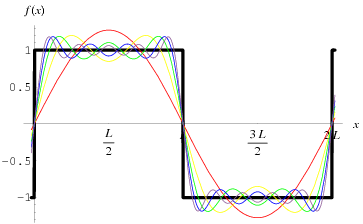First issue is because the mask is too tight, or rather too hard. You can keep the same base map but make the soft edge wider and softer. The ripples come from the need for many high-frequency components (beyond Nyquist) to approximate the step-like edge of the mask, as shown in the image below.

Second issue is a typical feature of over-refinement. There isn’t enough signal in your local region for good alignments given the spuriously high FSC estimate (which is being used to set the refinement resolution limit). You can try manually limiting the maximum resolution used in refinement to e.g. 6 Å and see if this improves the map. Activating non-uniform refinement may help as well. Still, you should fix problem 1 first and see if these artifacts persist as strongly.